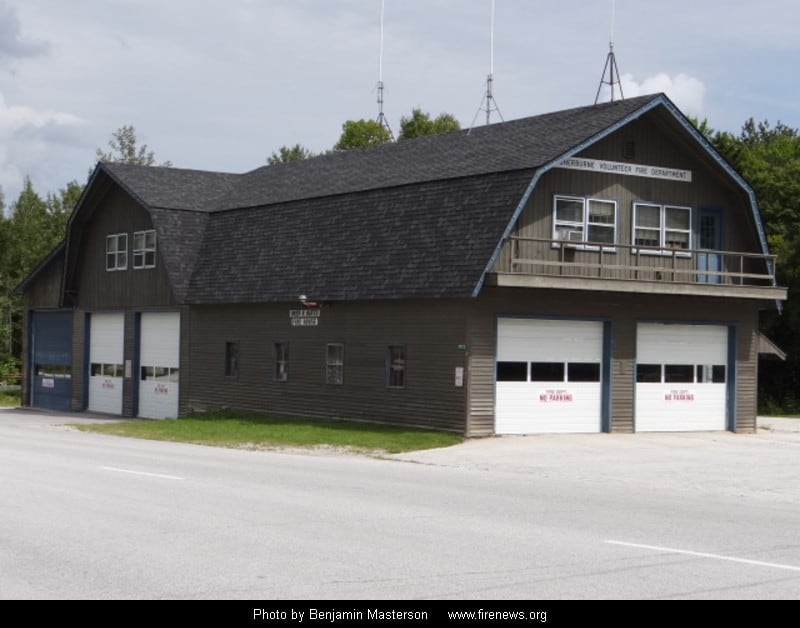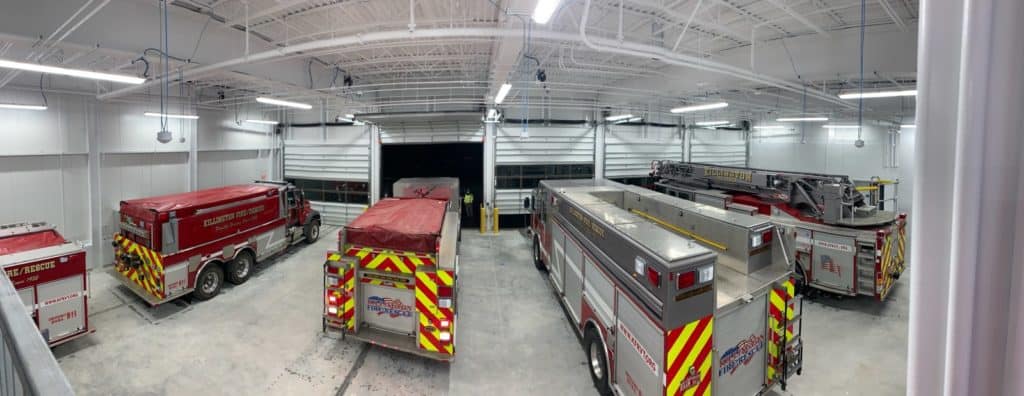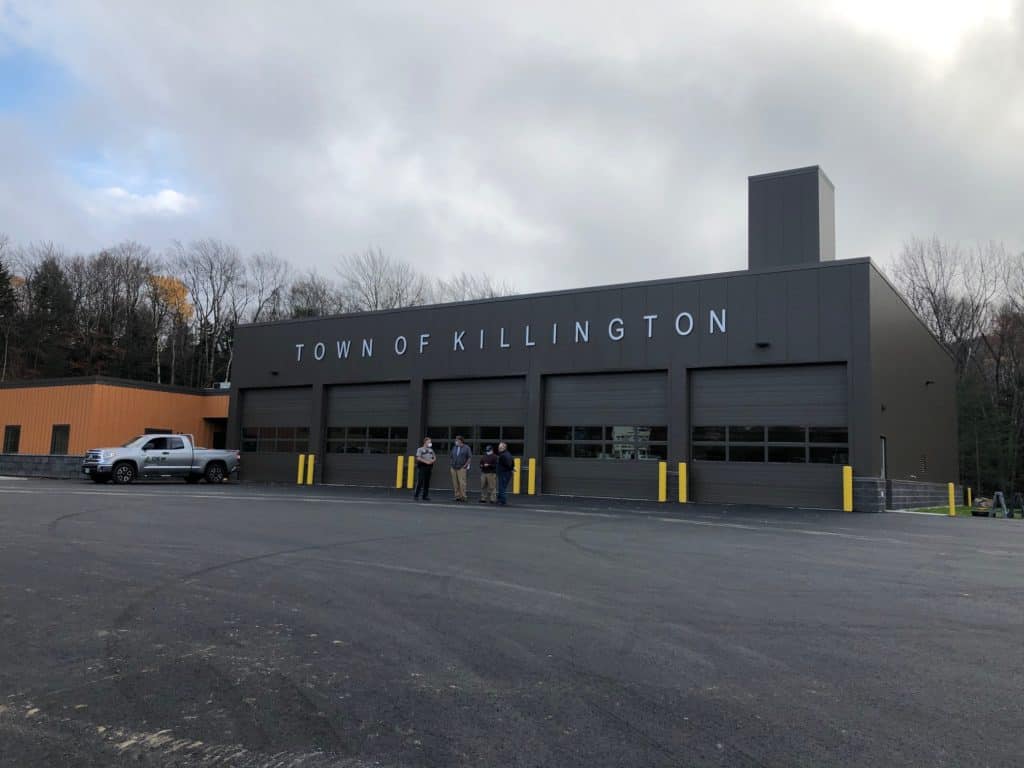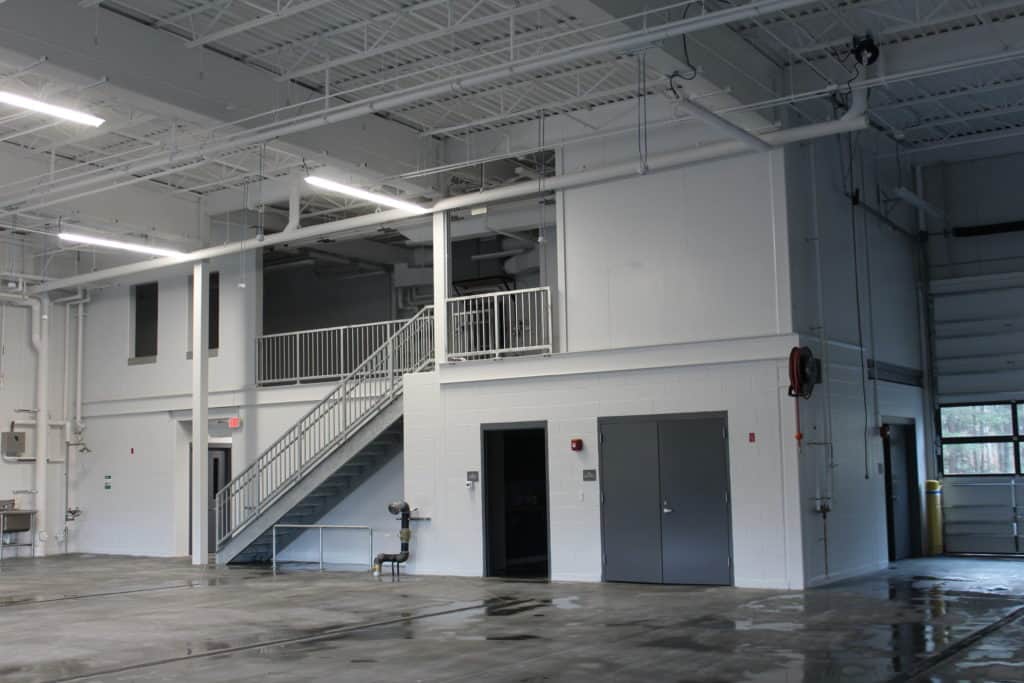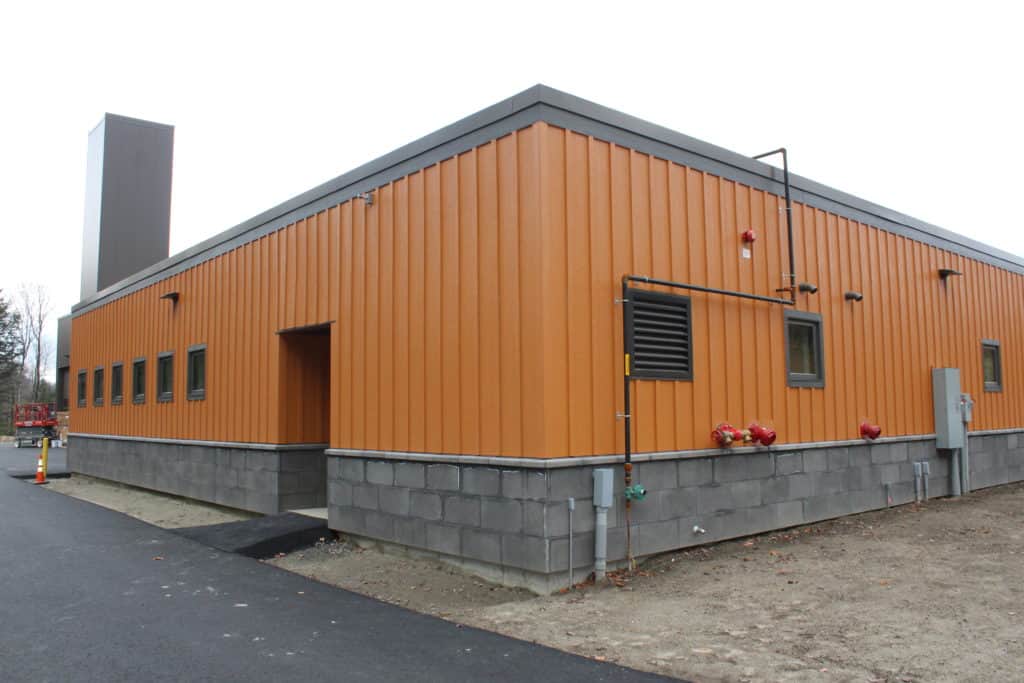MAY 12, 2021
Mountain Times
Developer says ‘but for’ town’s investment in infrastructure ski village is too costly, water tests put seven businesses on ‘do not drink orders’
By Polly Mikula
The town of Killington is facing costly infrastructure limitations but the solution could prove to be a boon — for current businesses, new developments and town and state coffers — if solved with strategic partnerships.
On Monday, May 10, about two dozen town, state and federal representatives met virtually to discuss the possibility of tax increment financing (TIF) as well as other possible solutions and funding mechanisms.
The town of Killington is seeking about $50 million for infrastructure development for two critical projects: the reconstruction of the Killington Road and a new municipal water system.
“Both of which have been roadblocks to development of a true Killington resort village for over 30 years,” said Jennifer Iannantuoni, chair of Killington Planning Commission.
The reconstruction of Killington Road has been planned for decades, but the scope has recently increased with the possibility of incorporating a new water system and burying utilities below the road surface while it is dug up.
Creating a municipal water system in Killington was first discussed in 2011, but dropped. It’s become a new priority after many businesses on Killington Road have recently been made aware of water quality issues. Within the past two months seven businesses in town were issued “do not drink” orders due to high levels of PFOAs and other toxic chemicals, with more expected to be added to the list as testing continues, said Wuestenberg from the Vermont Dept. of Environmental Conservation, Monday.
Instead of each affected property investing in its own water remediation solution — which could cost $10,000-$100,000 per property depending on many factors — the town seeks a municipal solution that will not only benefit those currently affected, but could also spur future development as quantity and quality of water would no longer be a limiting factor.
The crux of the town’s plan to pay for these projects, however, does not lie with hypothetical development. Instead the development of the Six Peaks Village at the base of Killington Resort — which has both an approved Valley Well water system and its Act 250 permit — is waiting in the wings. “But for” the town’s investment in infrastructure, the project would not get off the ground as the developer can’t recoup enough in Phase 1 to make it easily financially viable for them, town officials have noted.
History has proved this true — three times over. In the 63 years since Killington Resort was founded, three planned ski villages at the base of the mountain have failed.
The fourth planned village, to be developed by SP Land Company, received its Act 250 approval in October 2017. In 2019, SP Land secured the interest of an international resort developer but the upfront infrastructure costs are once again proving an obstacle.
Iannantuoni noted that SP Land has already done a great deal of work to identify the need and capacity for their development and would give these plans to the town. “SP Land would contribute its fully approved Valley Well water system to the town and/or fire district. The town would then upsize the system including the distribution of potable water down the Killington Access Road,” she said. “The Valley Well water system has been designed, the source and construction permits have been received, and two independent hydrogeologists have indicated their belief that significant potable water reserves are in fact available. After this design is upsized and amended permits are received this water system is shovel ready.”
The planned first phase of the Six Peaks Village would add 193 condominium units (five buildings), 31,622 square feet of commercial/retail space, a new 77,000 square foot base lodge, 23 duplex lots and nine single-family home lots. The development is expected be “a compact, high density” development as required for TIF financing.
While the town of Killington can’t afford to bond $50 million from its tax base, once the Six Peaks Village has completed its first phase of development the increased revenue will more than cover the debt service.
“We just need help getting this project off the ground,” said Select Board member Jim Haff. “At today’s interest rates, $50 million bond over 20 years would put us into about the $2.83 million to $3 million range for debt service…we already know we can’t afford this … I don’t know what town in the state of Vermont could, so we’re looking for help. But I also don’t know any other project that could produce 10 times the benefit to everyone,” he said, noting “the increase in municipal and state education tax would be somewhere around $10 million to $11 million per year with the completion of the Village Core and Ramshead developments.”
“Tax Increment Financing is a tool that municipalities use to finance improvements for public infrastructure like streets, sidewalks and storm water management systems,” according to the state Agency of Commerce & Community Development. “As the infrastructure is built and improved, the private sector follows with investments in new and renovated buildings. This private investment incrementally increases the value of the grand list.”
“It can be used as a catalyst to get a stalled project moving forward,” said Megan Sullivan, executive director at Vermont Economic Progress Council. “It’s meant to be a public-private partnership, a negotiated leverage point where you can say ‘If we do this, what will you do?’”
Up to 70% of the increased property tax revenue to the state and 85% of the town’s municipal tax increase created by the TIF district can be retained by the municipality to finance the infrastructure debt.
“I’m excited about this project and the discussion today because of the regional impact,” said Lyle Jepson, executive director for the Chamber & Economic Development of the Rutland Region. “This is a transformative project. Quite frankly if you can get this TIF it will transform not only Killington but will it will transform the Rutland region.”


